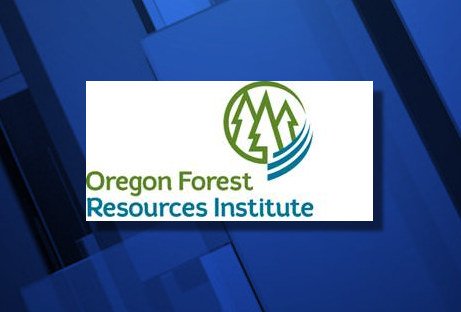New report details Oregon’s changing forest protection laws

PORTLAND, Ore. (KTVZ) – Fish and amphibian habitats on private industrial forestlands now receive expanded protection under Oregon law, part of a sweeping set of changes to the state’s forest practice regulations that are set to take full effect at the start of 2024.
A new special report published by the Oregon Forest Resources Institute goes into detail explaining these updates to the Oregon Forest Practices Act, which were forged through an unlikely collaboration between representatives from the forest products industry and conservation groups.
The 28-page report, titled Finding Common Gound, focuses on how the historic Private Forest Accord agreement between 11 forest products companies, the Oregon Small Woodlands Association and 13 conservation groups has led to the most significant changes to Oregon’s forestry regulations in 50 years.
The report highlights major changes to the Forest Practices Act designed to avoid, minimize and mitigate the effects logging and other forest management activities have on native fish and amphibian species on private and other non-federal forests. The changes include expanded forest stream habitat protections, new forest road construction and maintenance standards, and new rules for logging on steep slopes. The report features the voices of scientists, state regulators and industry representatives explaining the changes to Oregon’s forest protection laws, and it outlines how these new regulations will shape the future of forestry in the state.
To order a free copy of Finding Common Ground or to download a PDF of the report, go to oregonforests.org/pub/finding-common-ground.
About the Oregon Forest Resources Institute:
The Oregon Legislature created the Oregon Forest Resources Institute (OFRI) in 1991 to support and enhance Oregon’s forest products industry by advancing public understanding of forests, forest management and forest products, and encouraging sustainable forestry through landowner education. OFRI is governed by a board of directors made up of 11 voting members appointed by the state forester, plus two non-voting members. It is funded by a portion of the forest products harvest tax.